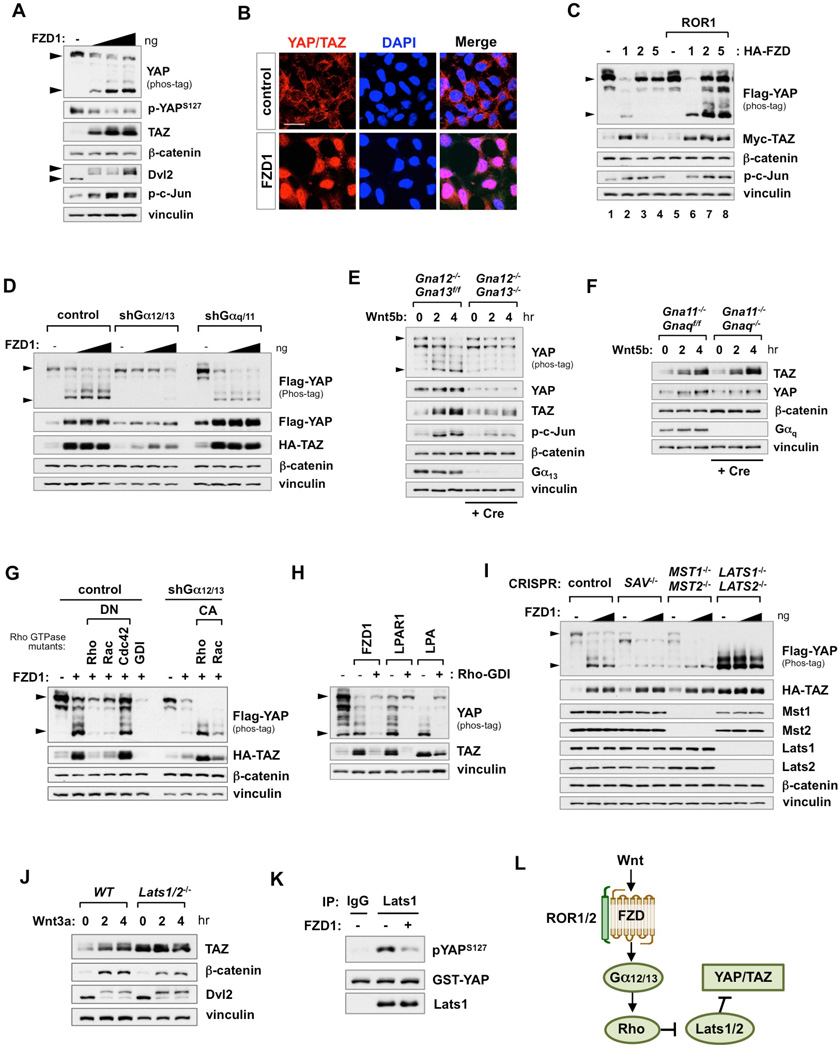Figure 2. The Wnt-FZD/ROR-Gα12/13-Rho-Lats1/2 Pathway Activates YAP/TAZ.
(A) FZD1 expression activates endogenous YAP/TAZ. HEK293A cells were transfected with FZD1, then serum-starved for 16 hr before harvest. Lower arrowhead in YAP phos-tag blot represents dephosphorylated YAP. Upper arrowhead in Dvl2 blot represents phosphorylated Dvl2.
(B) FZD1 expression promotes YAP/TAZ nuclear localization. HEK293A cells were transfected with FZD1. After starvation for 16 hr, cells were fixed for immunofluorescence with anti-YAP/TAZ antibody. Scale bar, 20 µm.
(C) ROR1 potentiates FZD-induced YAP/TAZ activation.
(D) Knockdown of Gα12/13, but not Gαq/11, suppresses FZD1-induced YAP/TAZ activation.
(E and F) Knockout of Gα12/13, but not Gαq/11, blocks Wnt5b-induced YAP/TAZ activation. Experiments in DKO MEFs were performed within 5 days after Cre infection. DKO cells were serum-starved then stimulated with Wnt5b (400 ng/ml). Cre infection efficiency was confirmed by Gα13 and Gαq blots.
(G) Rho GTPases mediate FZD1-Gα12/13-induced YAP/TAZ activation. FZD1 was co-transfected with dominant negative (DN) or constitutively active (CA) Rho GTPase mutants in control or Gα12/13 depleted HEK293A cells, respectively.
(H) Expression of Rho-GDI inhibits FZD1, LPAR1, and LPA-induced YAP/TAZ activation.
(I) Lats1/2 are required for YAP/TAZ activation by FZD1. HEK293A cells with deletion of Sav1, Mst1/2, or Lats1/2 were transfected with FZD1 then serum-starved for 16 hr before harvest.
(J) Lats1/2 are required for Wnt3a–induced TAZ activation. WT and Lats1/2 DKO MEFs were serum-starved then stimulated with Wnt3a (100 ng/ml).
(K) Inhibition of Lats1 kinase activity by FZD1. In vitro kinase assay was performed with immunoprecipitated Lats1 and recombinant YAP protein.
(L) Components of the alternative Wnt-YAP/TAZ signaling axis.
See also Figure S2.

